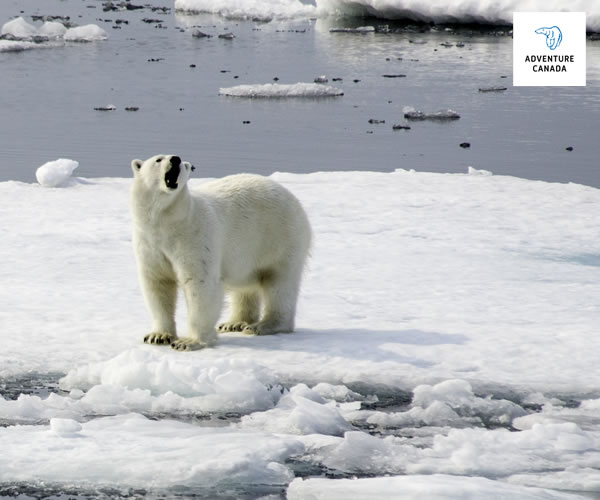Potty about Polar Bears
We here at Cruise Traveller are absolutely potty about polar bears. If you are too – here are lots of interesting facts and pictures about these amazing creatures to satisfy your curiosity about our planet’s largest bear.
- Polar bears have black skin. It’s their hair that creates that magical white colour. Each hair is hollow and reflects visible light (like snow), so if the sun is shining brightly, they appear to be bright white.
- Polar bears eat mainly seals, but will scavenge on the carcasses of whales, walrus and narwhals. They are the largest carnivore that lives on land.
- Polar bears are big. A healthy male averages around 450 kg and stands 1.3 metres from the ground to shoulder but when standing upright it can reach 3 metres.
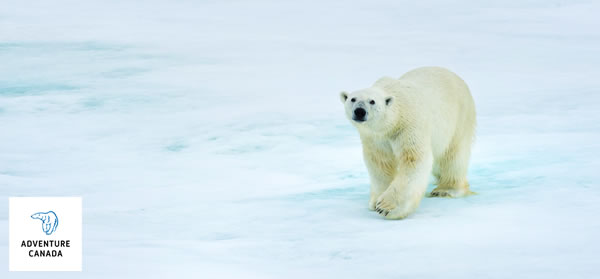
4. Polar bears are actually marine mammals and their scientific name is: Ursus Maritimus – which literally translates to “Ice bear”. They are just at home in water as on the land.
5. Polar bears have about 10 cm of blubber under their skin which acts as an insulator to keep them warm.
6. A polar bear’s coat is made of two types of hair. The outer layer of fur is made of long, oily guard hairs, ranging from 5-15 cms in length. Inside the guard fur, there is a dense mat of short underfur on jet black skin. The outer layer repels water and is hollow which also traps warmth. The underfur provides the main source of external insulation, and their black skin absorbs sunlight when it can.
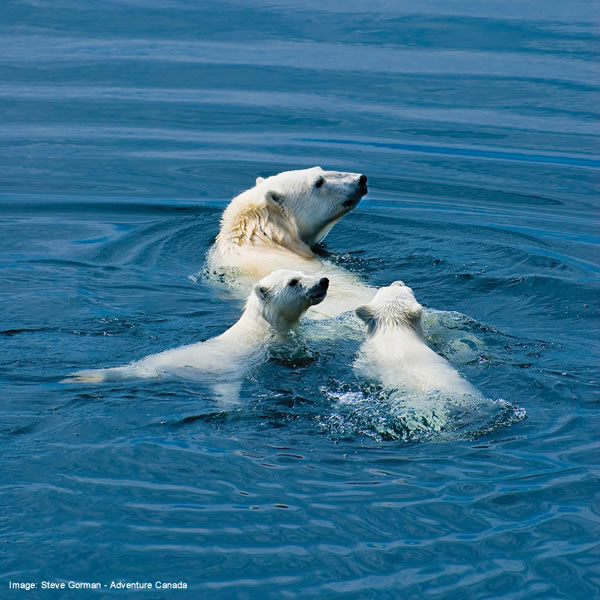
7. Polar bears are fast. The average human can run at approx 25 kms per hour (with some very fast exceptions) and most polar bears can reach up to 40 km per hour. So if you see one – don’t run!
8. Polar bears need sea ice. Without the sea ice, polar bears do starve. They preferred method is to stalk seals, laying in wait by their breathing holes.
9. Polar bears are dangerous. While we absolutely adore these creatures, they are an apex predator and as such are not afraid of humans. If you do travel to the Arctic, you will usually be protected by bear monitors, whose job it is to keep you and the bears apart so that neither of you are hurt.
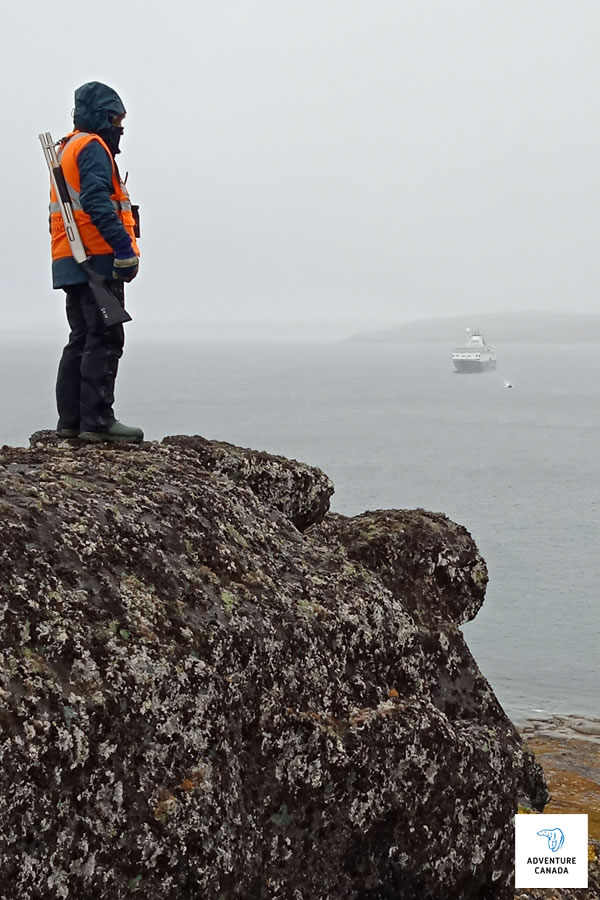
10. Polar bears are excellent swimmers. Their large paws make great paddles and they can swim for days at a time.
11. Polar bears have to put a lot of effort in to eat. With most hunts resulting in failure (only 2 percent are successful), polar bears must spend most of their life hunting for food.
12. Polar bears are loners. Apart from their mating season in late spring, polar bears usually live alone. Cubs live with their mothers to about 18 months of age but can remain for another year if times are tough.
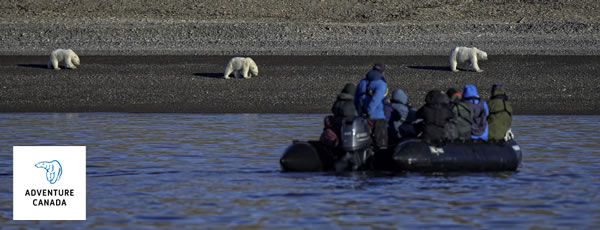
13. Polar bear cubs become quite chubby. And for good reason – their mother’s milk is approximately one third fat. Ice-cream is about 11% fat, so that gives you an idea of how rich their mother’s milk is.
14. Mother bears usually have two cubs. There are cases of 3 cubs, but feeding such a large family can be a strain on Mum.
15. Polar bear cubs usually only weigh about half a kilo at birth – compared to our average of 3.5 kg (7.7 pounds).
Would you like to try and glimpse a polar bear in it’s natural environment one day? We can help – just call our office and we’d be happy to discuss the best travel plan for you to the Arctic.
